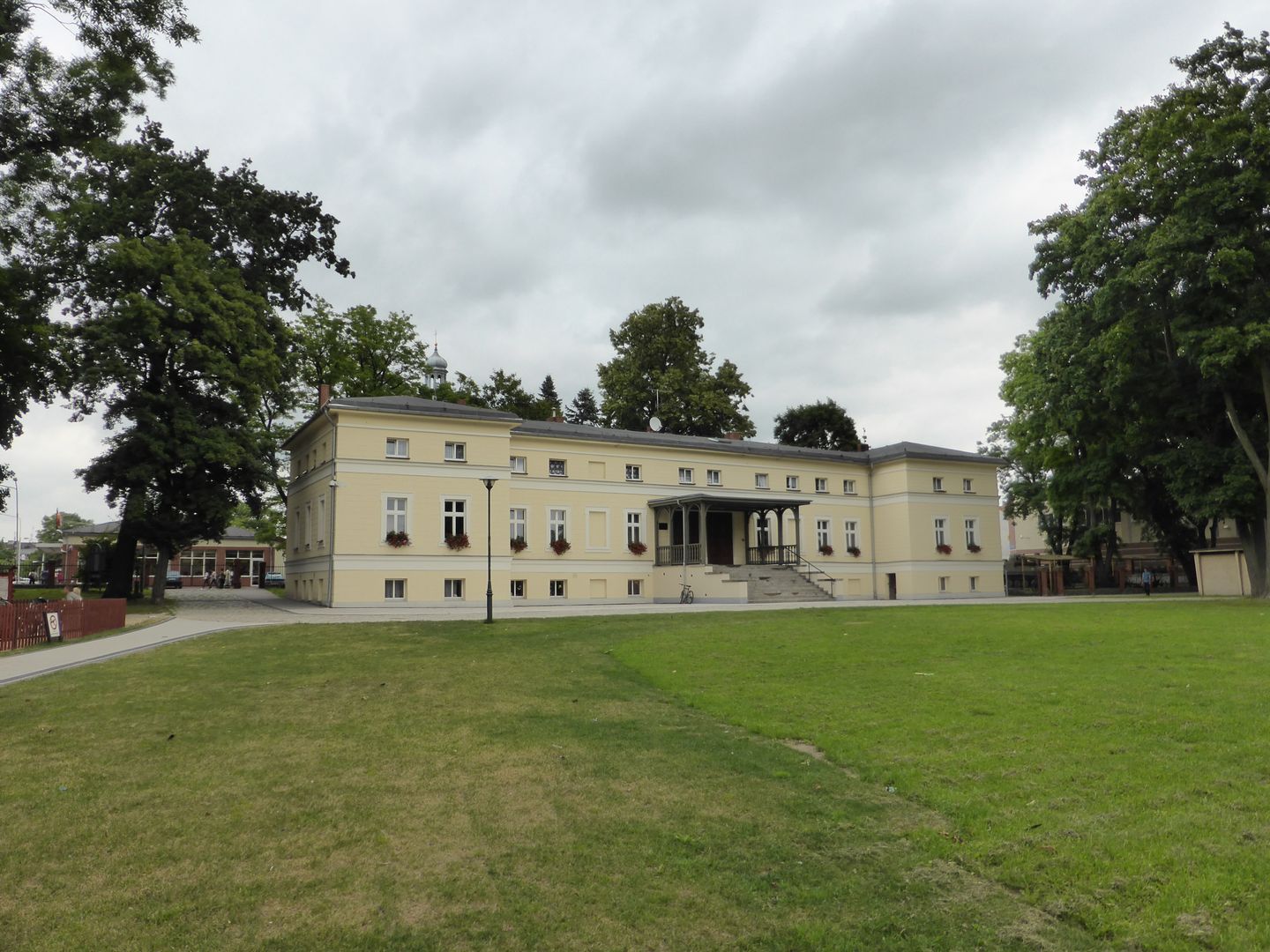Heyder Palace in Grodzisk Wielkopolski
6.55

Overview
The Heyder Palace in Grodzisk Wielkopolski, built in the mid-19th century for the Heyder family, is an interesting example of the architecture of that period. Located in a park, the palace features rendered walls with rustication, is highly cellared, single-story with a low attic floor, has a two-bay layout and fourteen axes, with side risalits projecting from the facade. The central element of the southern facade is a staircase and a wooden porch with a balustrade, and the roofs are covered with roofing felt. In a historical context, the palace played a significant role during the Greater Poland Uprising, serving as the headquarters of the western front. After World War II, the building gained new functions, becoming the seat of scouts and a kindergarten. Since 1992, it has housed the Museum of the Grodzisk Land, which collects and presents local cultural heritage. In 2009–2010, a major renovation of the building was carried out, which included the replacement of windows and the roof, as well as the restoration of the facade, helping to preserve its historical character. Although not considered the main residence of the Opaliński family, the Heyder Palace is an important landmark in the region's history, combining architectural, cultural, and historical values.
Location
2025 Wizytor | All Rights Reserved